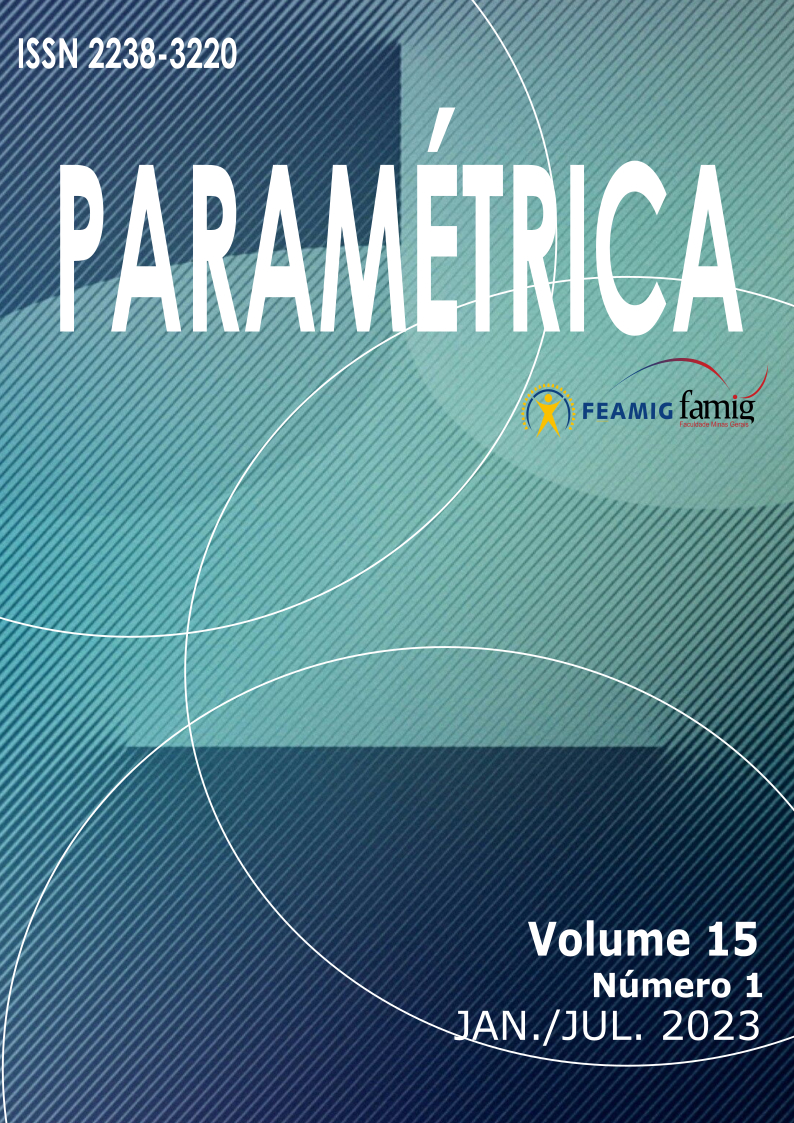Infrastructure analysis in Brazilian rail transport
the viability of the Minas to Espirito Santo railroad
Keywords:
mesh, investment, commodity, loads, modernAbstract
Rail transport infrastructure plays a crucial role in economic development, enabling the efficient transport of people and goods. Economic viability measures the ability to meet transportation demands, reduce logistics costs and promote sustainable growth. Given these arguments, the objective of this research was to present how the investments of the infrastructure of the Brazilian railway network occur. To accomplish this objective, a case study was used, the Vitória-Minas Railroad, with the available data from Vale, the organization responsible for the railway, from 2014 to 2018. Throughout the results it was identified that the Vitória-Minas Railroad presents itself as one of the great modernizations in the transportation of large volumes of cargo, as well as presents a significant number in the sale of railway tickets. In addition, it was observed that despite the costs with infrastructure and expenses with environmental damage, the investment in this railroad is considered viable, since the capital cost required by the company in the investment is resumed in the medium term. It is concluded that maintenance and improvement of infrastructure are fundamental to ensure transport safety, process efficiency and competitiveness of the Brazilian economy. Thus, it is essential that there are continuous investments in this sector in order to improve the infrastructure of the railways and accompany the development of the country.


